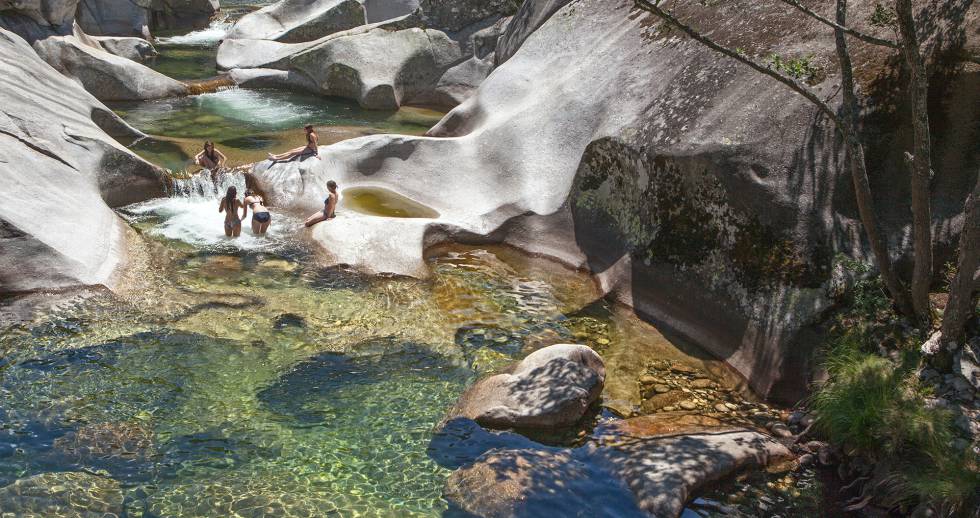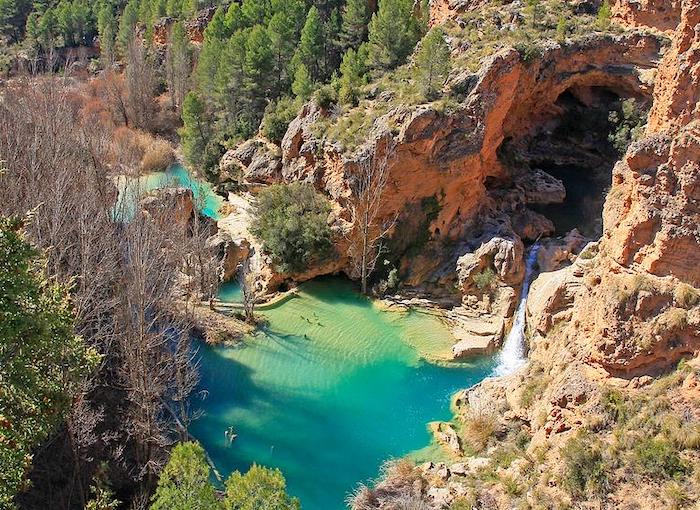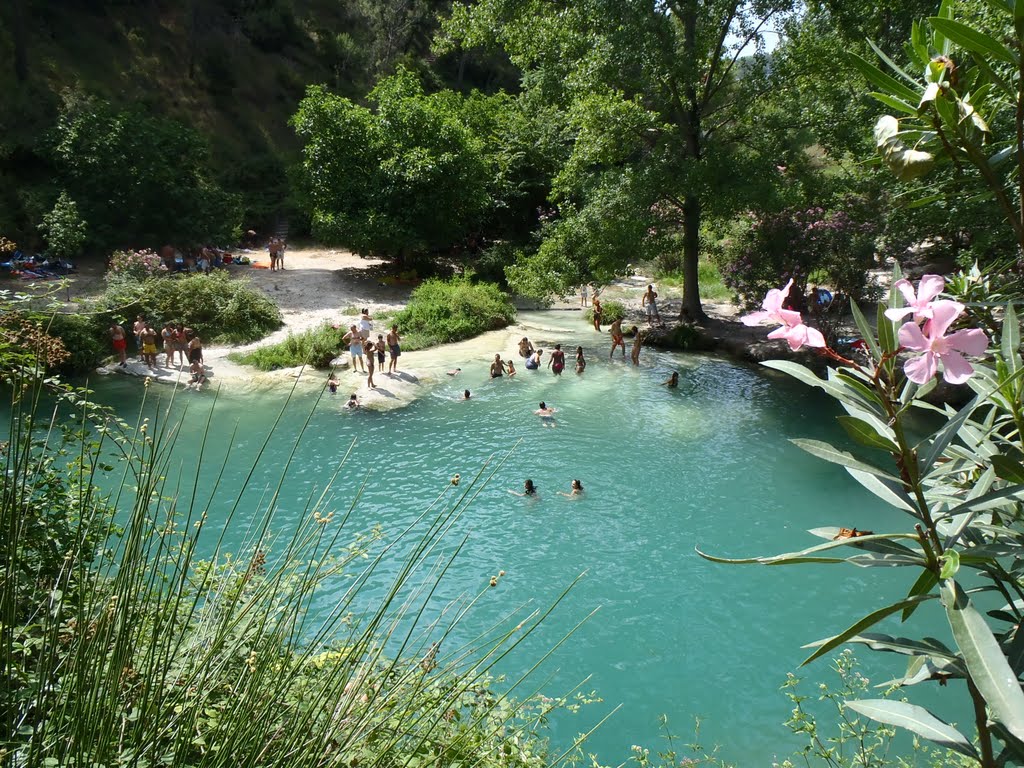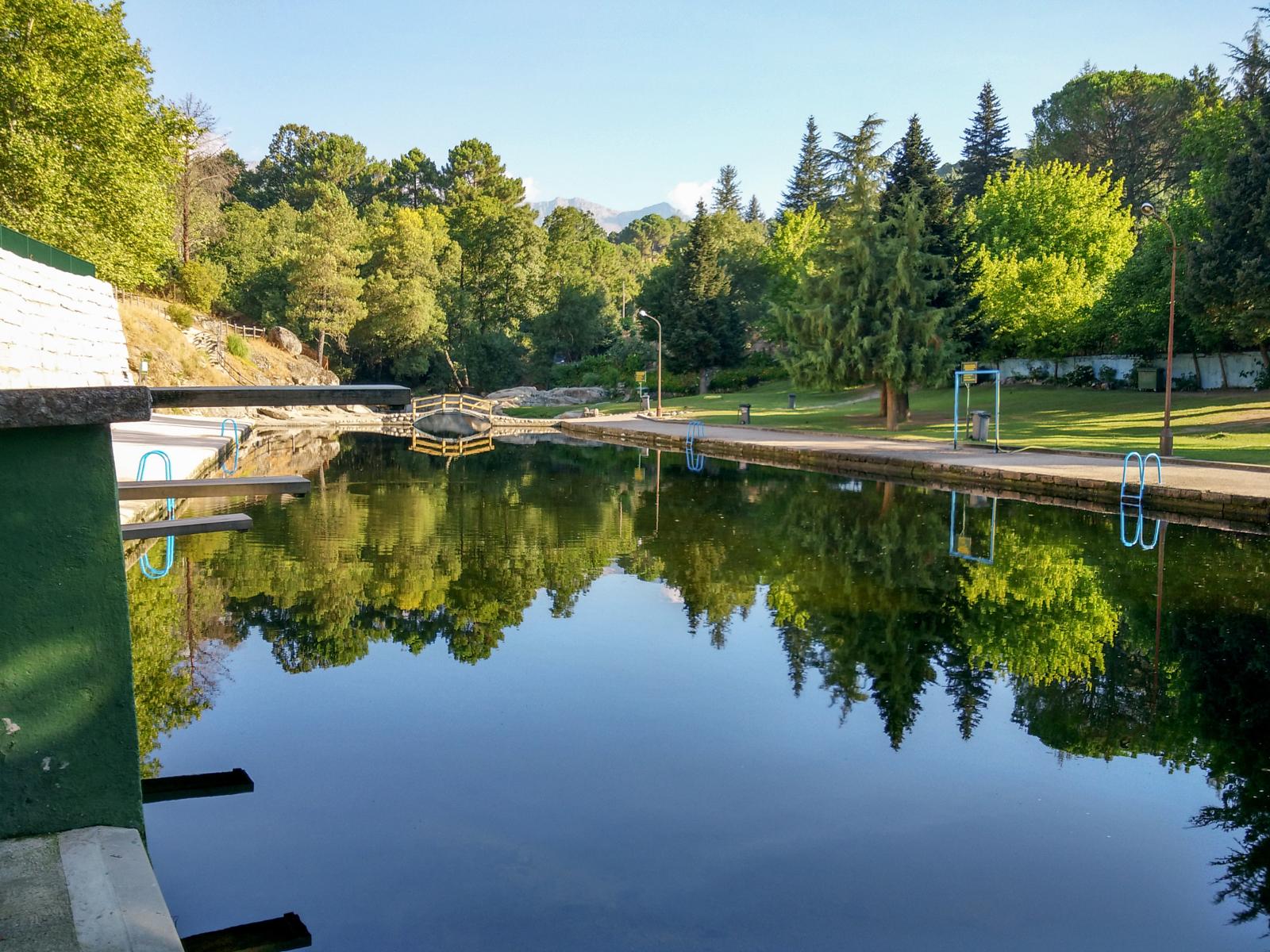The UK's refusal to add Spain to its list of safe destinations this summer is generating great uncertainty in the tourism sector. Despite the advance in vaccinations, this year national tourism may once again be the key to the season.
In fact, some autonomous communities have already launched proposals to promote reservations and visits by Spanish citizens. Galicia, Madrid, Cantabria or Andalusia offer a series of discounts and offers of up to 600 euros in tourist accommodation, restaurants, and leisure that will incentivise travel to their regions.
However, not all customers choose to enjoy their summer holidays on a towel by the sea. The magazine specialized in inland tourism, Escapada Rural, offers a selection of the best natural pools scattered throughout the country to take a dip these hot months ahead.
Garganta de los infiernos in Cáceres.

This natural enclave offers a series of pools with transparent water and some rapids which offer a whole lot of fun for all ages. They are very close to the Jerte Valley, known for its cherry blossoms, and access is completely free. Currently, due to the health situation, there is a capacity of 300 people in the nature reserve. In addition, access and parking are regulated without the possibility of booking in advance. From the tourist office, they warn that although you are allowed to go with pets they must be on a lead, on the other hand, access with motor vehicles is prohibited and they insist on the need to take care of the environment so leaving rubbish behind will imply a hefty fine from the authorities.
Chorreras de Cabriel in Cuenca

Less than an hour and a half from Cuenca, this natural bathing area through which the Cabriel River flows, offers imposing pools of blue and crystalline waters. This space was declared a Biosphere Reserve by UNESCO in 2019. It is an area with waterfalls and pools of turquoise water, where you can go hiking, do water sports and nature tourism, especially bird watching. A great day out for the whole family. It is essential to come with a parking reservation, as that is how they regulate the capacity, this can be obtained from their own website.
Pozas Pou Clar in Valencia

These clean, turquoise water pools are located in Ontinyent, a town less than an hour from Valencia. The Clariano River runs through this river area and creates up to six different natural pools as it passes through the entire rocky area. It can be reached on foot, by bicycle or car from the municipality and at its entrance there is parking for vehicles. It is possible to bathe, have lunch on the indicated dates (between October and May, in the summer months it is prohibited) and enjoy nature. As in the rest of the locations, camping, barbecues or depositing waste is prohibited.
Arenas de San Pedro in Ávila

If what you are looking for is a more family and peaceful environment, the natural pools of Arenas De San Pedro are the key for this season. In the province of Ávila, approximately an hour and a half away is this wonderful destination. Its bathing area is shallower than others so it will be safer for the little ones in the family. Near the bathing area, there is a nearby car park with a capacity for 50 vehicles. In addition, in its surroundings, there is a meadow with grass where you can rest and outdoor showers, access stairs, and even a trampoline. In the vicinity of the municipality, there are also the Cuevas del Águila, a gem of geological heritage that allows you to go deep down into the interior of the Earth.